Local history: 'Courthouse Wars' divide Wayne County in 19th century
This is the third installment in a three-part series on the history of Wayne County's courthouses.
The red brick Federal-style courthouse in Wayne County's seat of Honesdale is a landmark opposite Central Park, a photo subject for generations of visitors and residents. It was dedicated in 1880, after what proved to be the most contentious governing crisis in Wayne County history.
Once the county seat was secreted away to Honesdale from neighboring Bethany in 1841, a wooden courthouse was erected two years later on the same parcel where the courthouse stands today, but nearer the street. It sported a tall belfry, capped with a dome. Although a source of community pride, detractors soon complained that it was too small, poorly ventilated and a fire trap. In the 1850s Honesdale had been rocked by a series of downtown infernos, often blamed on arson.
The call grew to replace the structure, over the shouts of those calling a new edifice a waste of taxpayer dollars, and claiming contentment with their present courthouse, not even 30 years old.
Part one: Honesdale's first courthouse built after county seat moved from Bethany
Part two: Honesdale's wooden courthouse subject of concerns about fire
County judges were describing the inadequacy of the wooden courthouse to grand juries. At the September 1867 and subsequent sessions, a grand jury recommended that the commissioners levy taxes and start planning for a new building.
An anonymous letter writer in the Wayne County Herald on Oct. 29, 1874, pointed out that a new courthouse had been built in Pike County, while "...we ought to be ashamed of ourselves for doing our law business in a building not much better than a barn and a general disgrace to our town besides..."
The advancing momentum for a new courthouse was slowed by a national recession that began in 1873. In February 1876, Wayne County President Judge Charles Waller and Associate Judges Otis Avery and Henry Wilson (who also was editor of the Citizen) signed a formal recommendation for a new courthouse.
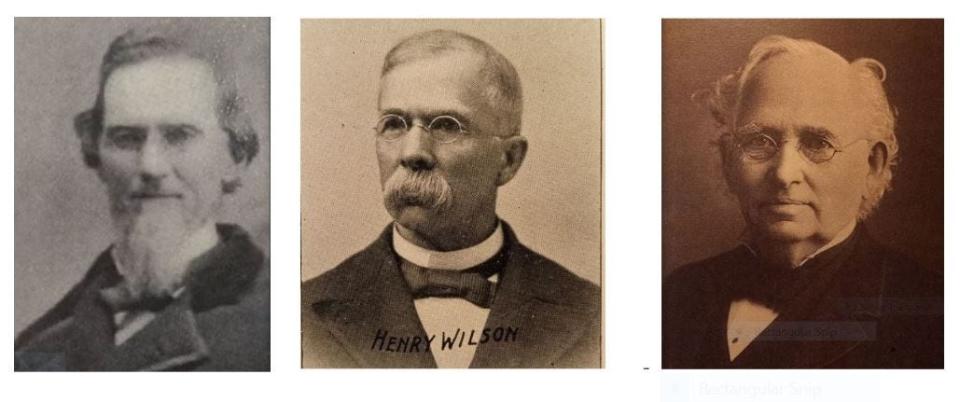
May 1876, the county commissioners, Francis Oppelt, George Foote and Thomas Brown, passed a resolution to proceed. They reasoned that this was a favorable time with the low cost of labor and materials and the need to counter unemployment.
The commissioners visited other counties to view their courthouses, and commenced work that summer on the foundation, behind the old courthouse. A railroad trestle was erected across the Lackawaxen River in the back, to transport stone from a nearby quarry. The foundation cost $29,528.19. The commissioners hired architect J.A. Wood of New York.
We can imagine the size of the smaller, 1843 courthouse, which entirely fit on what became the front lawn between the sidewalk and the present structure.
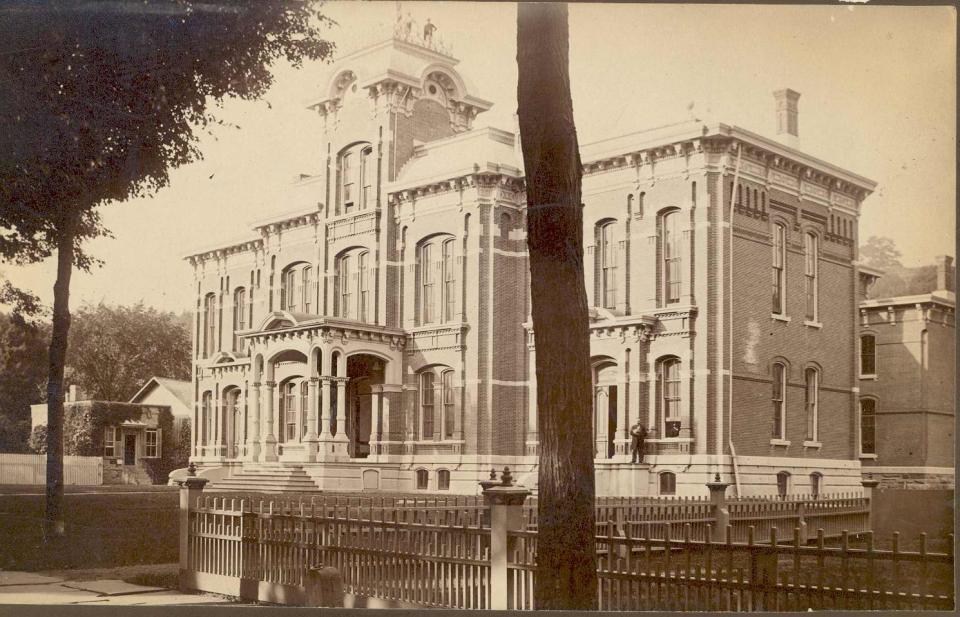
Public agitation grew over potential costs, fearing higher taxes. Opponents of the project formed most of both political parties in the 1876 election. Organized factions arose trying to derail the plans.
Early in 1877, the commissioners sought financing. Without a referendum, they were only able to allow indebtedness no higher than 2% of the assessed valuation of $1,777,726. They proposed a 6% increase.
Both newspapers warned that the commissioners could circumvent a refusal to raise the debt limit by raising assessments, impacting everyone’s taxes. Voters nevertheless rejected three-to-one the county debt increase. The commissioners subsequently increased the valuation by $6.5 million. Soon, they raised the limit not exceeding $160,000, approximately 2% of the new valuation.
Bonds were secured and a tax levied to pay the interest and eventual retirement of securities.
This caused a general uproar; some assessors refused to increase assessments. The Anti-Courthouse crowd was emboldened, raising funds, and hiring three lawyers.
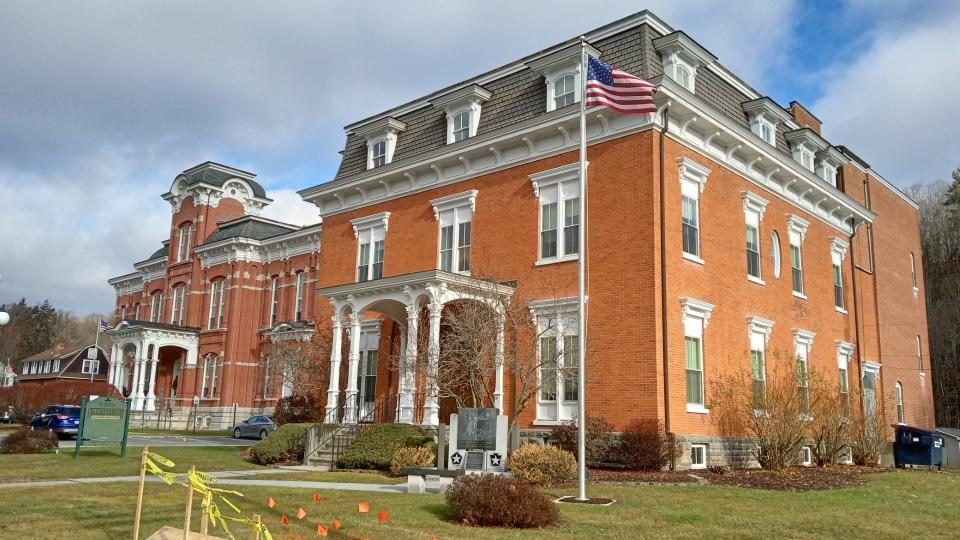
William Holbert and 46 other taxpayers filed suit against the commissioners. The county's defense was that they met the legal requirements by first having recommendations by two grand juries and the court to erect a new courthouse. The plaintiffs made a weak ploy, stating that several grand jurors alleged such recommendations were never made. The court backed the commissioners.
Conflicting county court opinions over handling the issuing of bonds landed it in the state supreme court, which ruled the commissioners could levy taxes for the project but not borrow money without court approval.
Anti-Courthouse sympathizers met at various locations, often at Bethany, to issue resolutions, raise funds for lawsuits and pick candidates. One resolution called for the county seat to return to Bethany where the air was purer than Honesdale, choked by coal dust.
Honesdale's two newspapers weighed in heavily. The Honesdale Citizen, the Republican paper, favored replacement and the Herald, a Democratic paper, opposed. Feeling that more of an editorial voice was needed backing the Anti-Courthouse view, Benjamin Haines, editor from Hancock, was invited to Honesdale and started a new journal: The Wayne Independent. The first issue was dated Feb. 7, 1878.
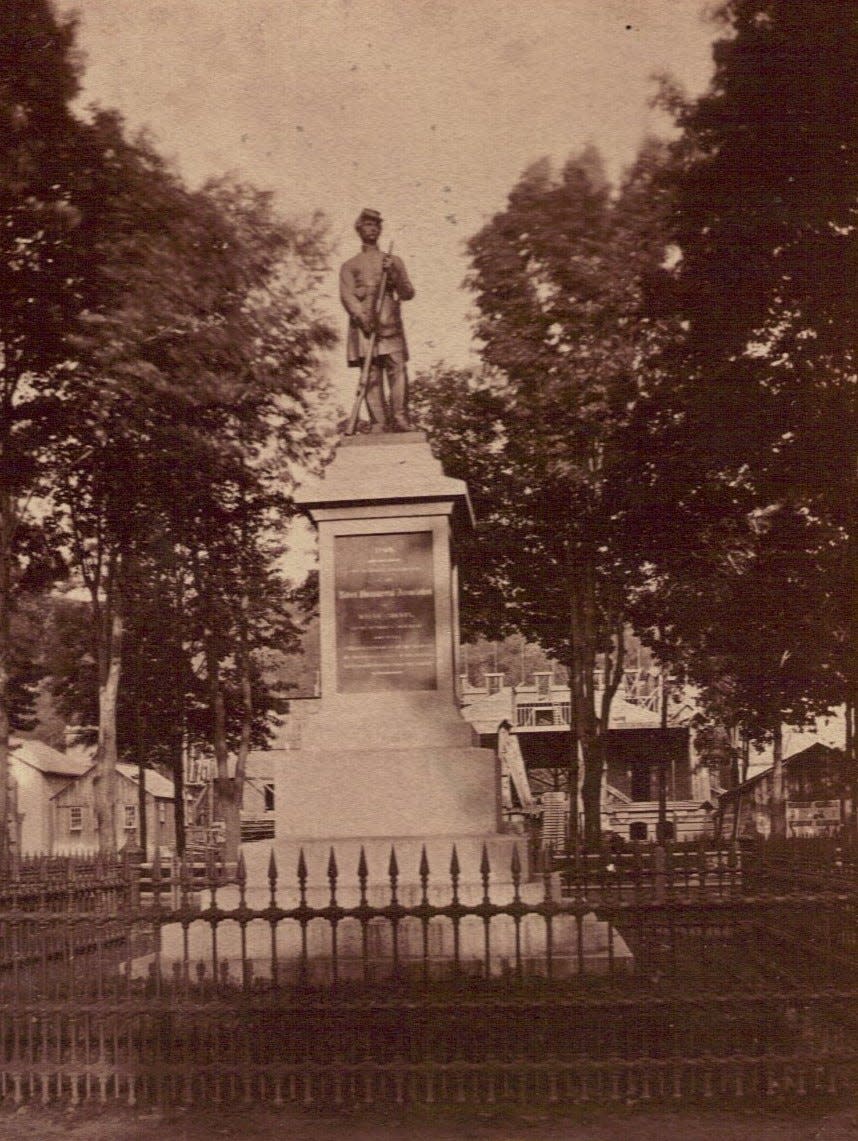
Tensions reached the ballot box in October 1877 with the addition of a third party, the Anti-Courthouse Party, which won overwhelmingly and installed Otis Avery as an associate judge and Godfrey Stevenson as treasurer.
The commissioners had the 1843 courthouse demolished in September 1877, stating that it hindered construction and required the costly expense of a guard to watch against arson. Windows and doors were salvaged. Two-thirds of the structure was sold, and the balance was given to the poor for fuel. Some of the foundation stones were used in the new foundation; the rest was secured by the borough to pave Park Street.
While the new courthouse was under construction, court was held until late 1878 at Liberty Hall, still standing on the southeast corner of 9th and Main.
To save rent money, the commissioners then relocated the court to the second floor of Weaver's Hotel on the northeast corner of 6th and Church streets. Today this is Vangorder's Furniture Store. Complaints arose that court was being held above a saloon.
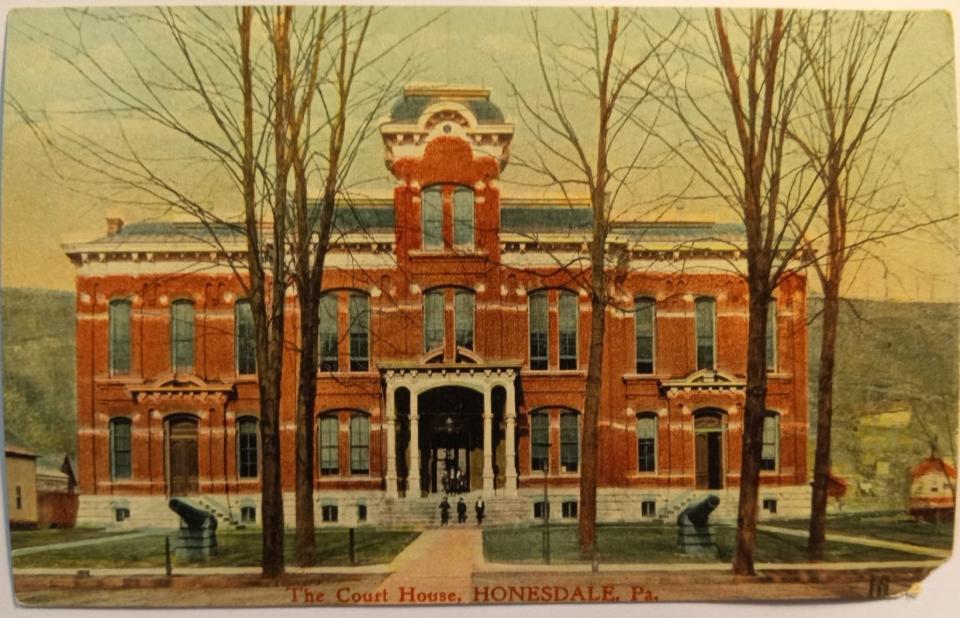
Judge Waller opposed relocating. He finally consented if the commissioners completed the new courthouse by Jan. 1, 1880.
In the spring of 1878, criticism boiled concerning Waller, with petitions sent to the state House of Representatives, calling for his impeachment and removal for being “oppressive, tyrannical and partial in the administration of justice” and regarded as the center of the “new courthouse oppression.” It was later ruled there were no grounds for impeachment.
Over $18,000 had been spent on the new courthouse in 1877. The commissioners had levied a 10-mill tax. In February 1878 they petitioned the court for permission to issue $100,000 in bonds. Both associate judges objected.
Judge Waller consulted with the grand jury, which recommended approval providing that the tax levy not exceed three mills. Solicitor William Dimmick advised the commissioners to rescind the earlier 10-mill tax since it couldn’t be collected. Given the depressed economy, he advised only a minimal rate and to stop construction. The commissioners agreed.
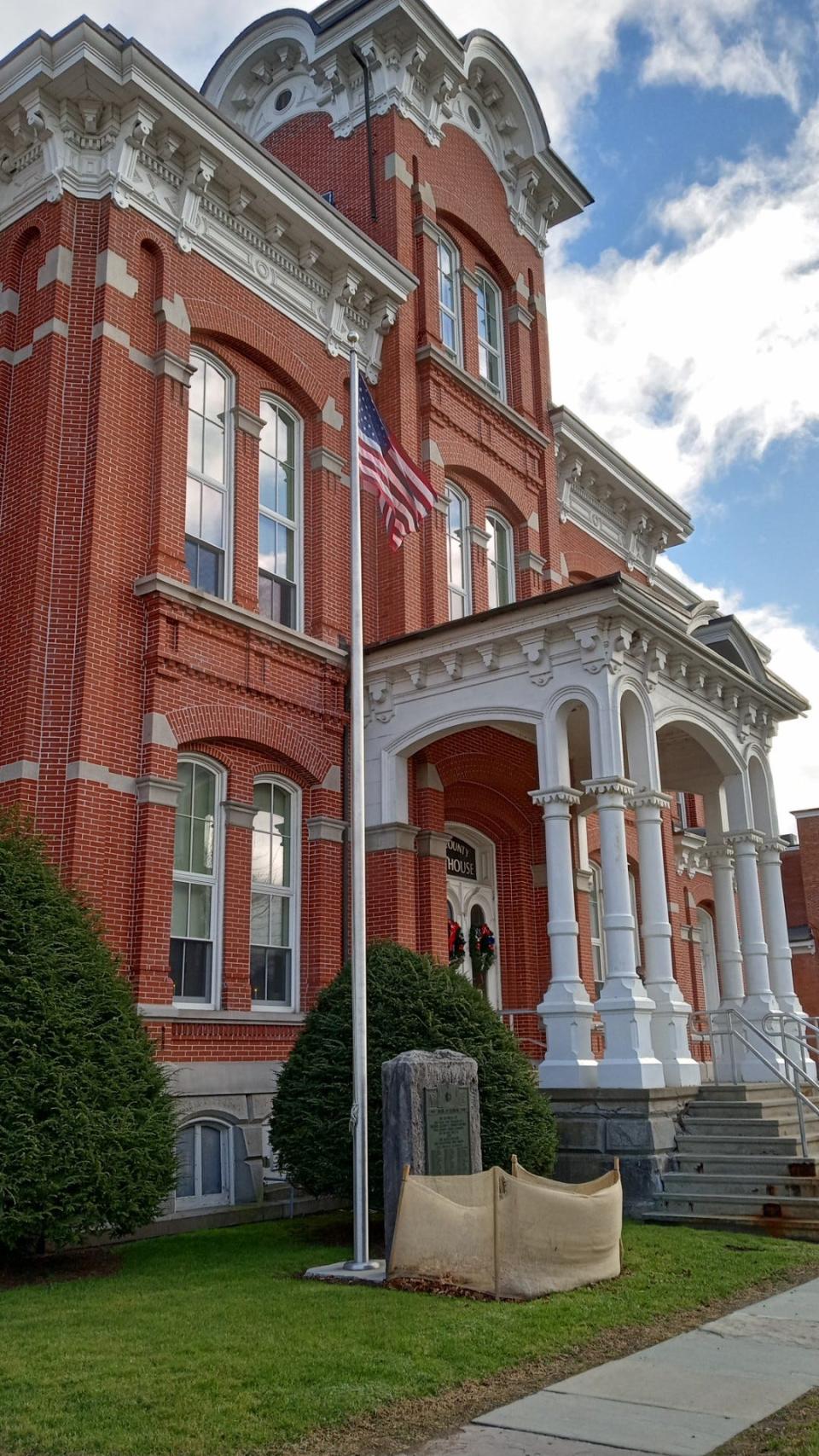
That autumn, the Anti-Courthouse Party prevailed in electing commissioners William Holbert and William Hartwell; a Republican, John Riefler, also was elected.
Shortly after commissioners had halted construction, the architect warned that certain wood beams and mortar joints were deteriorating due to exposure to the weather. The commissioners considered auctioning off unused construction materials.
In May 1879, they committed to completing the building. On July 15, a contract was awarded with A.S. Phillips of Berwick for $25,889 to finish it. There were 25 laborers at first.
Public furor waned.
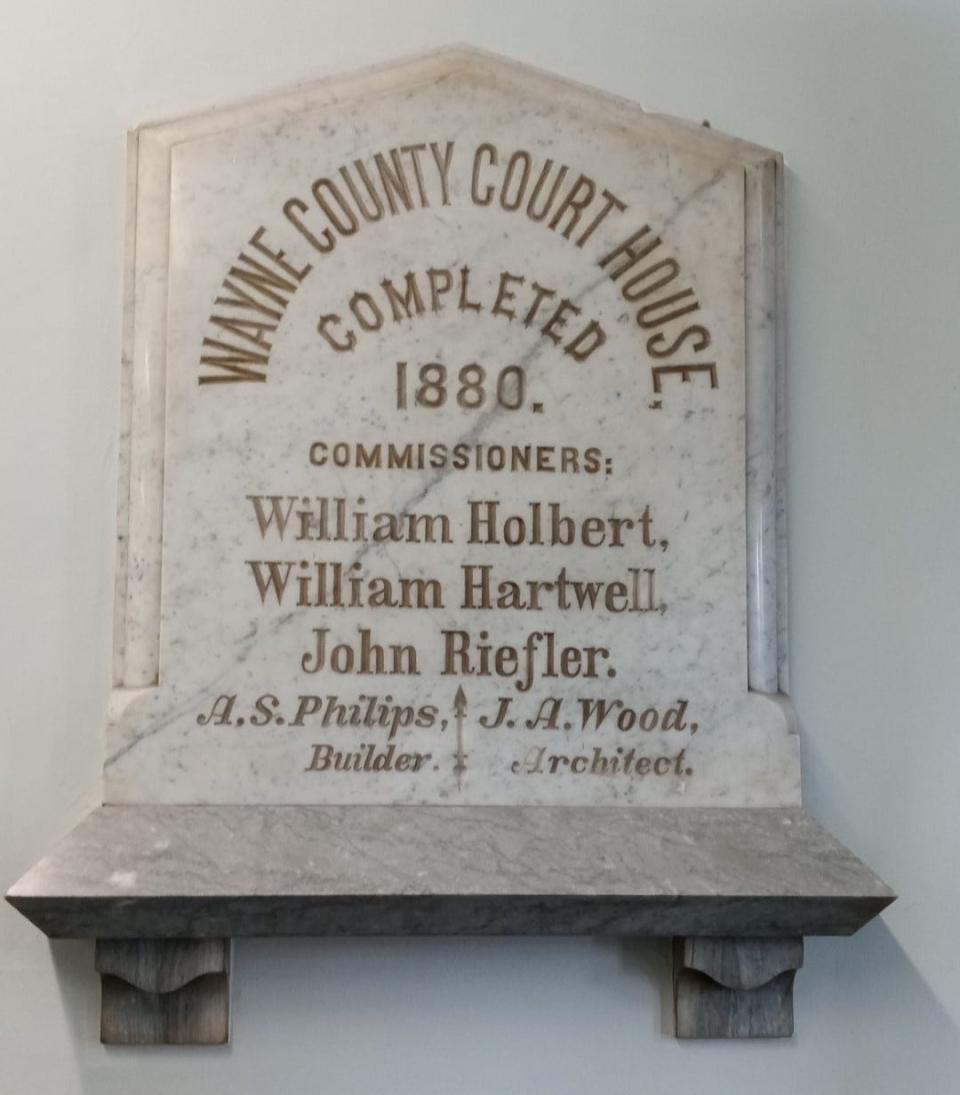
A $35 ornate marble tablet was prepared for the entryway to the courthouse lobby, listing the year of completion, the architect and builder, and the three commissioners then in office. This tablet became a symbol of resentment felt by the Anti-Courthouse people, sparking litigation and ridicule lasting four months. There was disdain for the commissioners who changed course and decided to finish it.
The Herald condemned the tablet, stating the county shouldn’t pay for it. The Independent criticized the Herald, but agreed taxpayers should not foot the bill. Finally, in October 1881, a jury decided that the county should pay, not the commissioners.
The new courthouse was in use for the first time on Monday, March 8, 1880. The first regular court session held in the main courtroom was on May 4.
County clerk Samuel Brown estimated the total project cost at $130,000 ($3.9 million in 2023 dollars), not counting litigation.
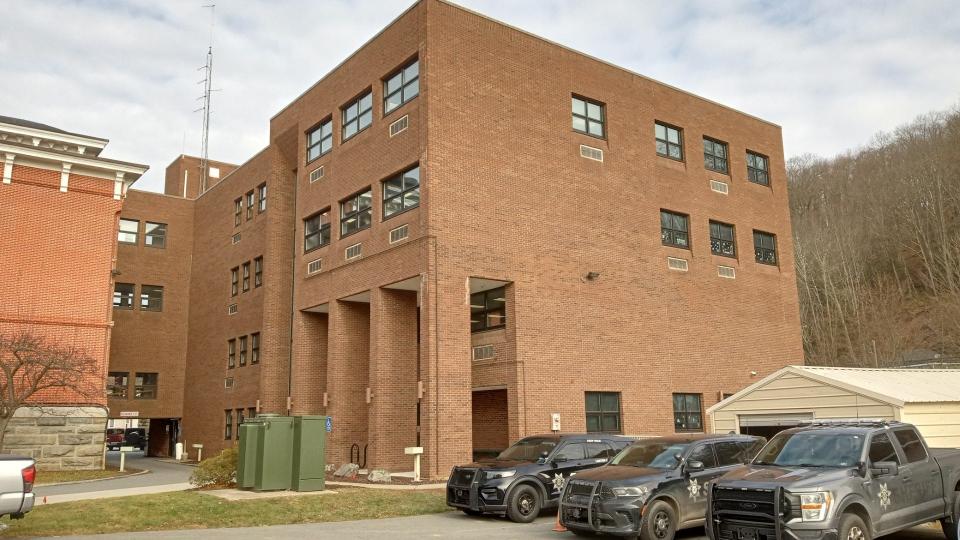
Nearly 100 years after construction started on the new courthouse, in the winter of 1975, work was underway on the foundation for a large annex in back. Commissioners Ray Schweighofer, Frederick Holbert and Earl Simons authorized spending over $1 million in federal community development funds, which sparked protest. County functions moved into the annex in the spring of 1976.
The historic 1880 Wayne County Courthouse has what may be a reminder of the longer legacy of the county seat in Honesdale: the courthouse bell, displayed on the lawn.
The Herald, Feb. 12, 1880, detailed courthouse project expenses. It lists $75 paid to contractor Philips for "the old courthouse bell" which may have been the cost of its refurbishment and relocation to its new belfry. On special occasions it is still rung.
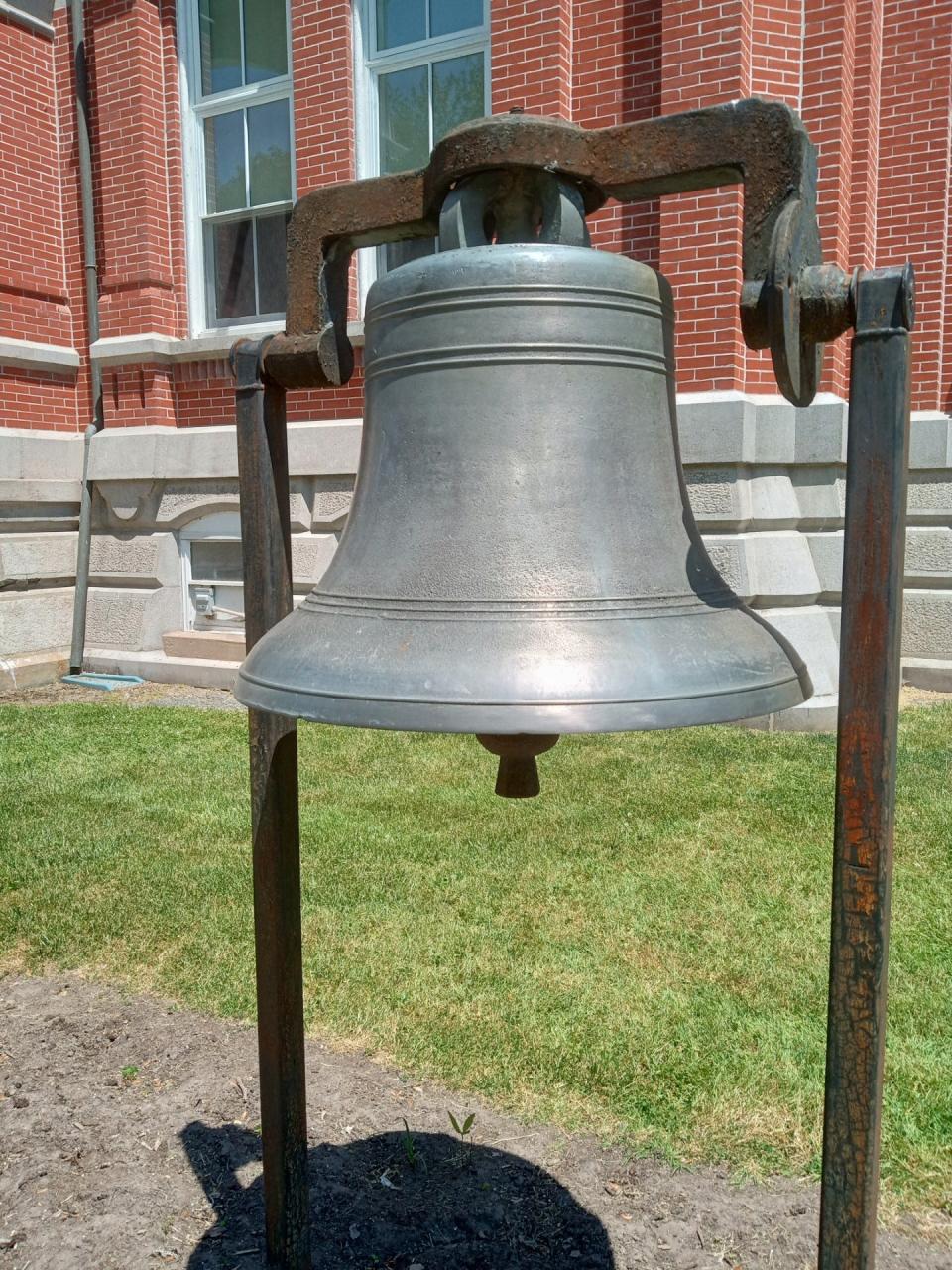
Peter Becker has worked at the Tri-County Independent or its predecessor publications since 1994. Reach him at pbecker@tricountyindependent.com or 570-253-3055 ext. 1588.
This article originally appeared on Tri-County Independent: 'Courthouse Wars' split Wayne County in 19th century

